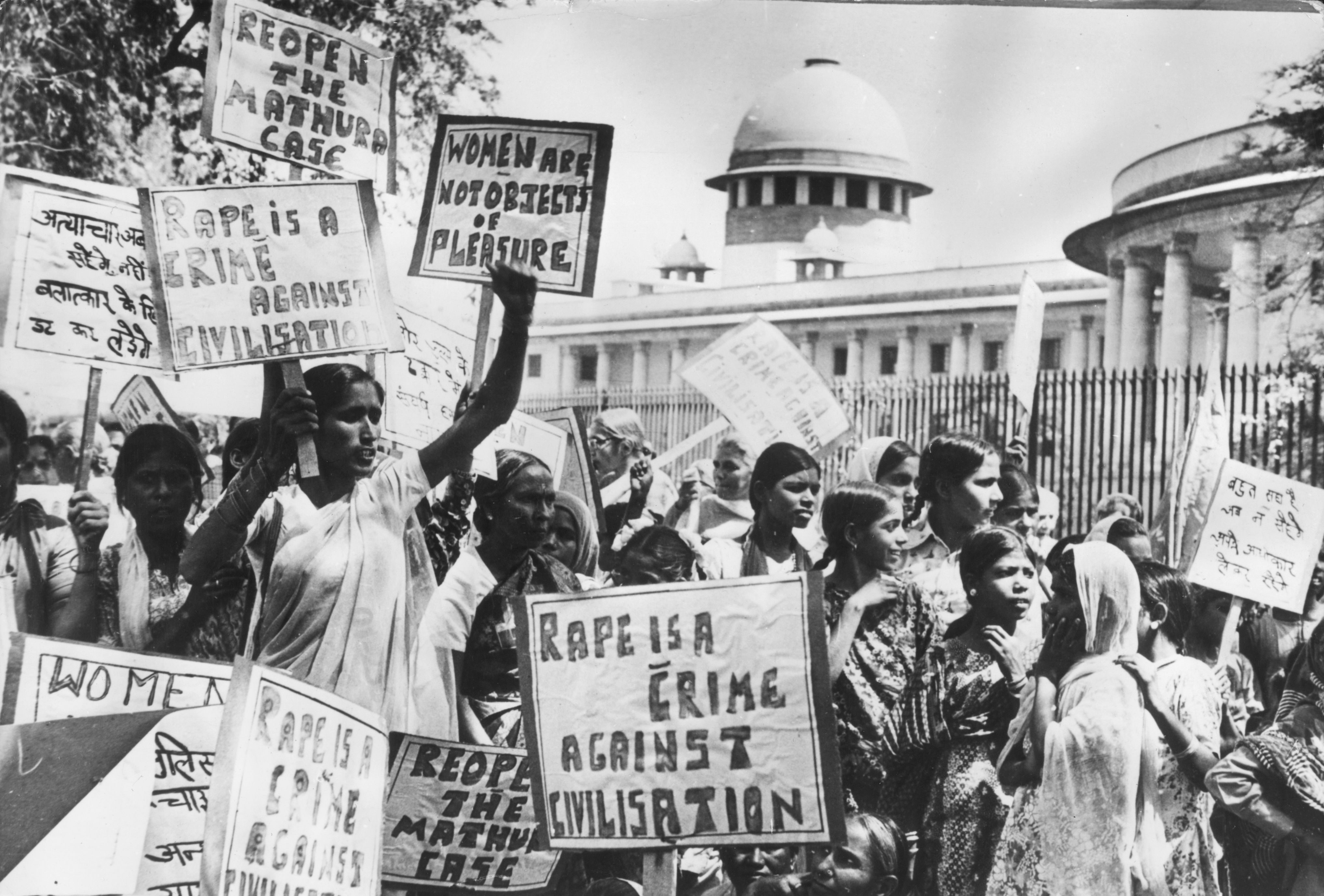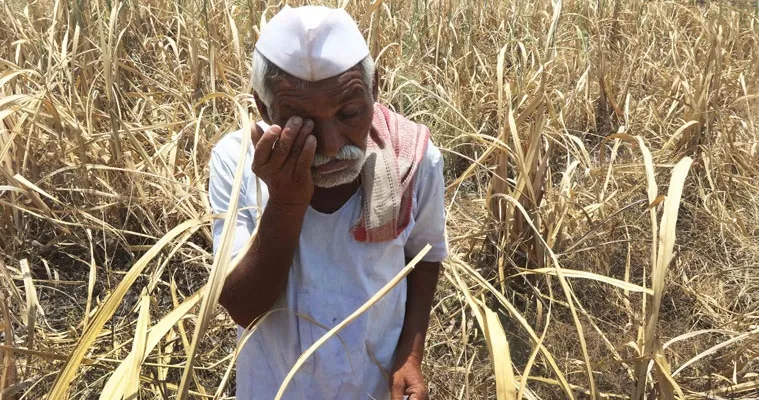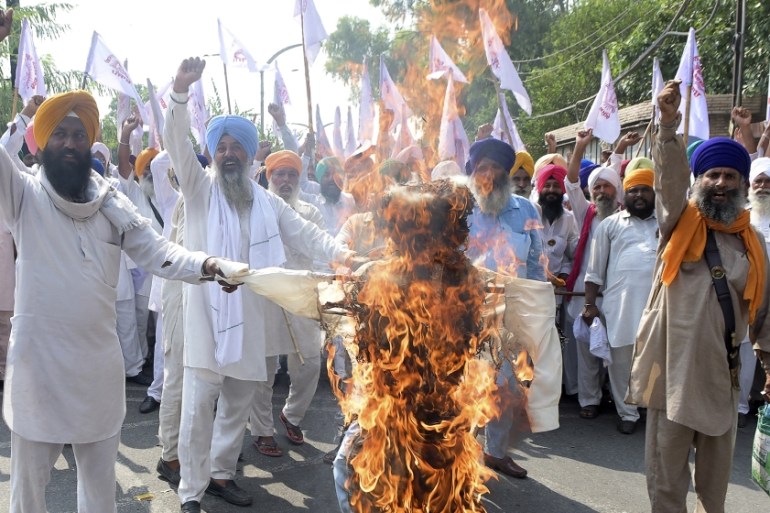Introduction to LinkedIn
LinkedIn is the world’s largest digital professional network. It can be used to find the proper job or internship, connect and improve professional relationships, and learn job-related skills. It can be accessed via a desktop computer, a mobile app, a mobile browser experience, or the LinkedIn Lite
Android app.
By exhibiting their unique professional story through experience, talents, and education, a full LinkedIn profile can help one connect with recruiters. LinkedIn may also be used to plan offline events, join organizations, write articles, share images and videos, and so much more. The site also includes features that you won’t find elsewhere, such as a fully functional career board where you can look for and apply for employment.
Many employment agencies now work with LinkedIn; you may be able to share your LinkedIn profile when applying for a job, which means you won’t have to meticulously type your work history into a long online form.

Heuristic Evaluation of LinkedIn Using Schneiderman’s Golden Rules The ‘Eight Golden Rules of Interface Design’ by Ben Schneiderman offer guidelines for creating a user interface that is well-designed, productive, and devoid of frustration. Apple, Google, and Microsoft are just a few of the well-known corporations whose well-designed products follow Schneiderman’s
guidelines. Let us now analyse LinkedIn according to the principles of Schneiderman’s 8 Golden Rules.
1) Strive For Consistency
In violation of Scheiderman’s first rule, the LinkedIn interface is neither completely consistent nor is it entirely intuitive. The needs of diverse users for plasticity have not been adhered to completely and various segments such as the LinkedIn jobs, LinkedIn help center or LinkedIn privacy center have very different templates, almost as if they belong to different applications.
Although the user may use the application frequently, inefficient UI/ UX designs makes navigation difficult as well as attempting to find some of its prominent features at times. One example is LinkedIn’s publishing option, which has been heavily marketed in recent years.
If the design had to be consistent, the publishing option would have been located on my profile page as seen on Facebook, Google +, Twitter etc. However, it is located on my home page and I didn’t realise it wasn’t the same as an update until lately. LinkedIn’s new UI/UX design has obliterated this
functionality, as well as anything I may have previously published, without even alerting me.
2) Seek Universal Usability LinkedIn’s new UI/UX design has micro icons which could be difficult to identify for novices, older adults, disabled individuals, different cultural variations and technologically backward individuals. Looking at the application. I thought that it was 2015 and we were using scalable cloud infrastructures. What is the point of micro icons, other than maybe reducing file sizes and speeding up performance? While this is a partially legitimate rationale, it passes the purpose test: Does this activity contribute to or help LinkedIn’s mission and purpose? This, I believe, makes the data and material more difficult to read and hence is ineffective. “Content is King,” as the old adage goes, and I believe this interface fails to deliver on that promise.
3) Reducing Short Term Memory Load Displays in LinkedIn are not kept simple. Tags, a crucial method to categorise your network, have been deleted from LinkedIn. If I want to identify someone with a specific skill set in my network, I have to go to my tags and search for everyone who fits that description, such as graphic designer, media, investor, and so on. Additional fundamental options, such as the ability to sort by new contacts, have been deleted.
Moreover, the multi-person icon is very confusing and connections are hidden below them. As the key material of the ‘My Network’ page, you see people you “may know” or invitations first instead of your connections. Connections are displayed in a small font size on the left of the page, making it difficult to identify for new users.

4) Support Internal Locus of control Resumes are a core feature on LinkedIn. However, not only there are 10 other applications for that, they also do it better. If you try exporting your resume to PDF, it looks terrible. Moreover, users cannot change the order of sections on LinkedIn. For instance, users wish to include their educational qualifications and volunteer work first, they cannot.
What’s more? LinkedIn recently altered its messaging system without informing users. It used to be simple to keep track of essential communications; but now that the ‘star’ feature has been disabled, users have to find a new means to keep track of them. Users can only mark messages as unread and attempt to organise them later. Users neither have the option of setting a reminder to respond to a message. In the former communications system, this was a useful feature. Thus, users become the initiators of actions rather than responders.
Moreover, users cannot save drafts on LinkedIn. If you are serious about social media, you will put a lot of thought into each and every post. As a result, the ability to save draughts is essential. You can only save the most recent post as a copy in the LinkedIn app, and that too as an individual. You can’t even copy or draft the last post if you’re engaging as a page. A user can’t save any drafts on LinkedIn web.
5) Design dialog to yield closure LinkedIn does not provide users with job wise tracking. This in my opinion, is one of the major flaws of LinkedIn. Sequences of applying for a job are not indicated with a beginning, middle and an end thus users are unaware of the stage their application has reached or if their application has been considered or not.

Suggestions for the improvement of LinkedIn
- Designing an interface that yields closure and provides job tracking.
Since LinkedIn does not provide any job tracking for users, the solution might be as simple as giving the following process flow for task tracking, similar to e-commerce order tracking, in which the professional could raise a ticket at any moment by clicking a button. The solution might be as simple as giving the following process flow for task tracking, similar to e-commerce order tracking, in which the professional could raise a ticket at any moment by clicking a button.
This feature will undoubtedly increase user engagement and encourage him or her to pay for these activities. People will gladly pay for it. They can be priced in accordance with what other competitors have charged. For example, IIMJOBS costs Rs.2000/- for tracking and notifications every six months.
Moreover, LinkedIn should provide better filters for jobs, eliminate jobs that a user has already applied for from the search results, provide the salary description of jobs and streamline job recommendations.
2. Adding a collaboration feature
You can currently either publish a post about a project or post a job opportunity if you wish to collaborate with others on a project or startup activity. This might be extremely beneficial to start-ups who wish to engage with others solely for the purpose of consultation or inspiration (pain-points).
The implementation can be straightforward, with a person/team creating a proposal for a project/start-up and defining the type of partnership they seek. LinkedIn then promotes the project to relevant people based on the circumstances. If they choose to proceed further, they click the Collaborate option. They can also choose how much time they want to spend, among other things.
3. Better arrangement of contacts for improved navigation
Categorization by importance such as main, secondary etc or by their company or organization would certainly improve the usability of LinkedIn. In addition, user should be able to see a list of companies where people in their network work. This would be very useful when used in conjunction with the other suggestions. The option of filtering in updates relating to one’s contacts while filtering out articles and/or other forms of updates would also be beneficial.
4. Adding an incognito mode on
Incognito modes permit users to have the ability to hide their identity, while looking for new job prospects. This is especially pertinent while the user is still employed. I’m not referring to the present shield, which just shows the user job search activity. Instead, I propose that users be allowed to clone profiles under pseudonyms. It’s a serious issue. Because such anonymity is tough to attain, several senior job seekers have deleted their LinkedIn profiles. Although, majority of LinkedIn users are now employed, yet it is extremely tough to let prospective employers know that you are job hunting while presently having a job.
5. Improve profile visibility
Unlike other social media platforms, LinkedIn informs the other person that you visited their profile. If a recruiter, CEO, or other significant person has seen a user’s profile, it serves its function. This system guards against stalking and encourages open conversations.
However, some privileged people have access to your profile and can hide it flawlessly under the guise of a ‘private profile.’ LinkedIn notifies users when someone has viewed their profile, but it does not reveal the person’s identify. To access the whole history of who has stalked them, users must upgrade to premium. This defies the purpose of LinkedIn’s transparency, and users should be able to see who has visited their profile.

6. Provide an option to view the complete text
All of a user’s data is constrained to the first two lines of text for profile summaries and the first few items of various categories such as talents, recommendations, and so on. LinkedIn is now making it more difficult for users or recruiters to read someone’s profile by requiring them to click in and out of each category, which is cumbersome and time consuming.
Moreover, the skills section no longer makes your profile look credible even if a user has 99+ on all of them. There are only 3 listed out.
7. Ideation and Design
The goal is to match people who need advice with people who are prepared to help and don’t mind spending some time with those who approach them. It would provide experienced members who desire to be mentors the satisfaction of knowing that they are able to assist young professionals who are in need. Meanwhile, it would ensure that novice workers are not subjected to rejection or blank responses, as well as a reduction in negative feelings such as irritation and disappointment.
Matching the keywords would get better results in the example above. One of the benefits is that filters based on these criteria already exist in the app, making this feature easy to implement.
Conclusion
Although LinkedIn is one of the most sought-after applications for recruiters, networking and finding jobs, the various challenges discussed in this article make it a moderate user experience. Thus, by adhering to the standards and solutions recommended in this paper, a user’s experience on LinkedIn can improve considerably.













